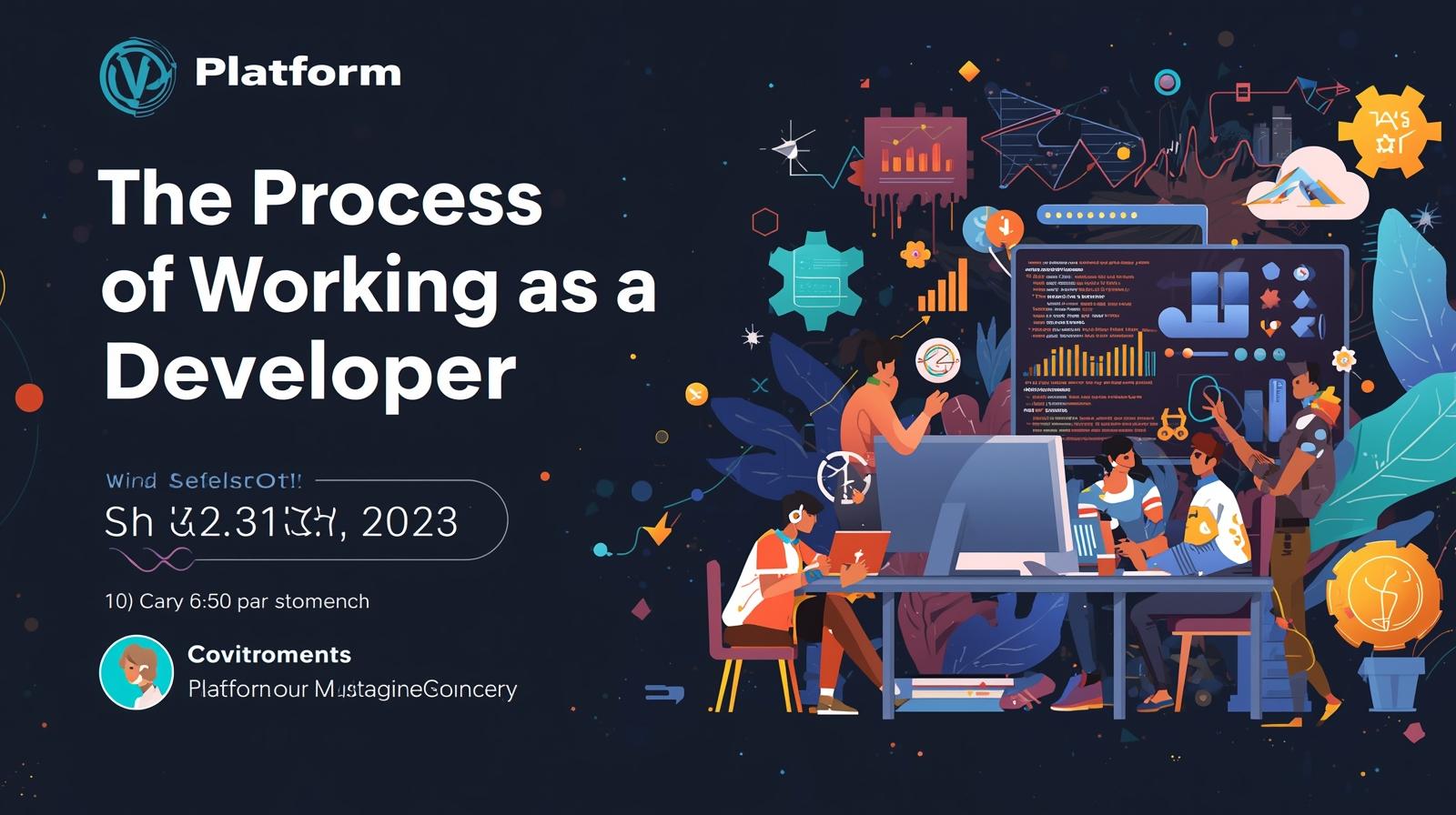Depending on the context, the term “Platform Event Trap” might signify one of two things: It is a unique alarm message that notifies administrators when something goes wrong with computer hardware and servers. People use the terms to characterize typical errors or issues while working with platform events in Salesforce and software platforms. Data loss, system failures, and other unanticipated production issues can be caused by a group of mistakes called the Platform Event Trap. In order to improve Salesforce operations’ dependability, it is imperative that IT administrators recognize these pitfalls before they have an impact on their company.
Platform Event Filters
A platform event filter (PEF) can trigger an action and generate an alert when a critical hardware-related event occurs. For each PEF, you can choose the action to be taken (or take no action) when a platform event occurs. You can globally enable or disable the generation of platform event alerts. When disabled, alerts are not sent even if PEFs are configured to send them. An increasingly essential component of contemporary CI/CD security is the platform event trap. Even a little error, like as a secret leak or an out-of-date dependency, might compromise pipeline integrity when every contribution can initiate builds, scans, and deploys.
Testing in Developer Edition Only
Using the Developer Edition for testing, the only settings with fewer restrictions than production ones are Developer Edition. Many people make the mistake of creating procedures that function well in a sandbox but break down in production because of volume or scalability. Answer: Test using a production-like data volume and integration patterns in a full or partial copy sandbox.
Ignoring Event Ordering and Delivery Guarantees
Platform Events may not always be presented in the same sequence that they were received, according to Salesforce. Furthermore, a single event could be sent more than once as a result of system retries or network problems. Many administrators are caught off guard by the Platform Event Trap when they build procedures assuming sequential execution. When out-of-order events occur or when procedures duplicate data, critical business processes may fail.
Use Case:
ABC Corp is selling products on an e-commerce site. It handles all processes from product management to the delivery of products to the end user. Each process is handled by a different team or company. These teams require some kind of notification when products are purchased by customers so that they can start processing them. These teams’ businesses can use the same or different types of applications.
Keep Clear Records of Your Event Flows
An on-platform event trap feature, which can cause issues if not properly addressed, is avoided by having a well-documented Platform Event system. It also helps all team members understand how the system has been developed.
Components of documentation:
- Definitions of event schemas and field objectives.
- Workflows for subscriber logic and processing.
- Procedures for addressing and recovering from errors.
- Performance standards and criteria for monitoring.
Event Driven Architecture with Resilience
Recognize that Platform Events are instruments intended for decoupled and asynchronous processing in order to avoid the Platform Event Trap. Instead of battling against their asynchronous nature, success will come from embracing it. This guide’s suggestions assist you in creating Platform Events that expand along with your company. You build a strong system of integration as you align with the appropriate testing environments, comprehensive and thorough monitoring, and security best practices.
Neglecting Security Configurations and Permissions
Permissions and security settings are often overlooked by users while using Platform Event Trap. This may cause serious weaknesses in your system. It is important to understand who has access to what. Overly wide permissions might allow unauthorized users to accidentally cause events or exploit private information. Always give user responsibilities a thorough examination. A secure environment may be maintained by regular audits of security configurations and permissions. Check for any irregularities often using the Salesforce tools.
Monitoring approach:
- Set up event monitoring dashboards
- Configure alerts for approaching limits
- Plan capacity based on business growth projections
Not Understanding the Purpose of the Platform Event
Many people utilize Platform Event Trap without fully understanding its function. This omission may result in resource waste and inefficient execution. Real-time event-driven architectures are the focus of Platform Events’ design. Platform event traps implement security automation at the event level a merge request, a new dependency, or a configuration change, instead of just depending on manual reviews. Instead of bringing clarity to your workflows, you can wind up making them more complicated.
Comparison of both approaches
If compared by the number of API calls and used resources, EventBus.publish is defined as the more efficient tool for Platform Event publishing, especially in those cases when real-time processing and asynchronous communication are crucial. It is also designed for event driven system and will not pose a problem for bulk publishing. On the other hand, Database. Insert could be more appropriate in a situation where you can include more complex logic or modify the contents of the event data before its publishing. But it may imply latency in the account of the fact that such architecture is synchronous in nature.
Conclusion
In order to enable real-time communication within apps, Platform Event Trap is essential. Its operation must be understood to fully utilize it. But many people make common mistakes that might make their experience less pleasurable. Understanding how Platform Events work, correctly establishing triggers and actions, closely monitoring events, and managing permissions and security settings may all significantly boost your productivity. Your projects will have better results and more seamless connections if you steer clear of these mistakes.
Free Arabic Calligraphy Generator
FAQS
What is the platform event trap in Salesforce?
It refers to common pitfalls like using platform event traps for synchronous processes, ignoring delivery guarantees, or overlooking governor limits.
Can I use platform events for UI feedback?
No. Platform events are asynchronous and should not be used for immediate UI responses.
How do I ensure my platform events are processed only once?
Use idempotent logic with unique identifiers and handle duplicates gracefully.
Do platform events support large-scale processing?
Yes, with High Volume Platform Events (HVPE), you can handle large-scale integrations effectively.

